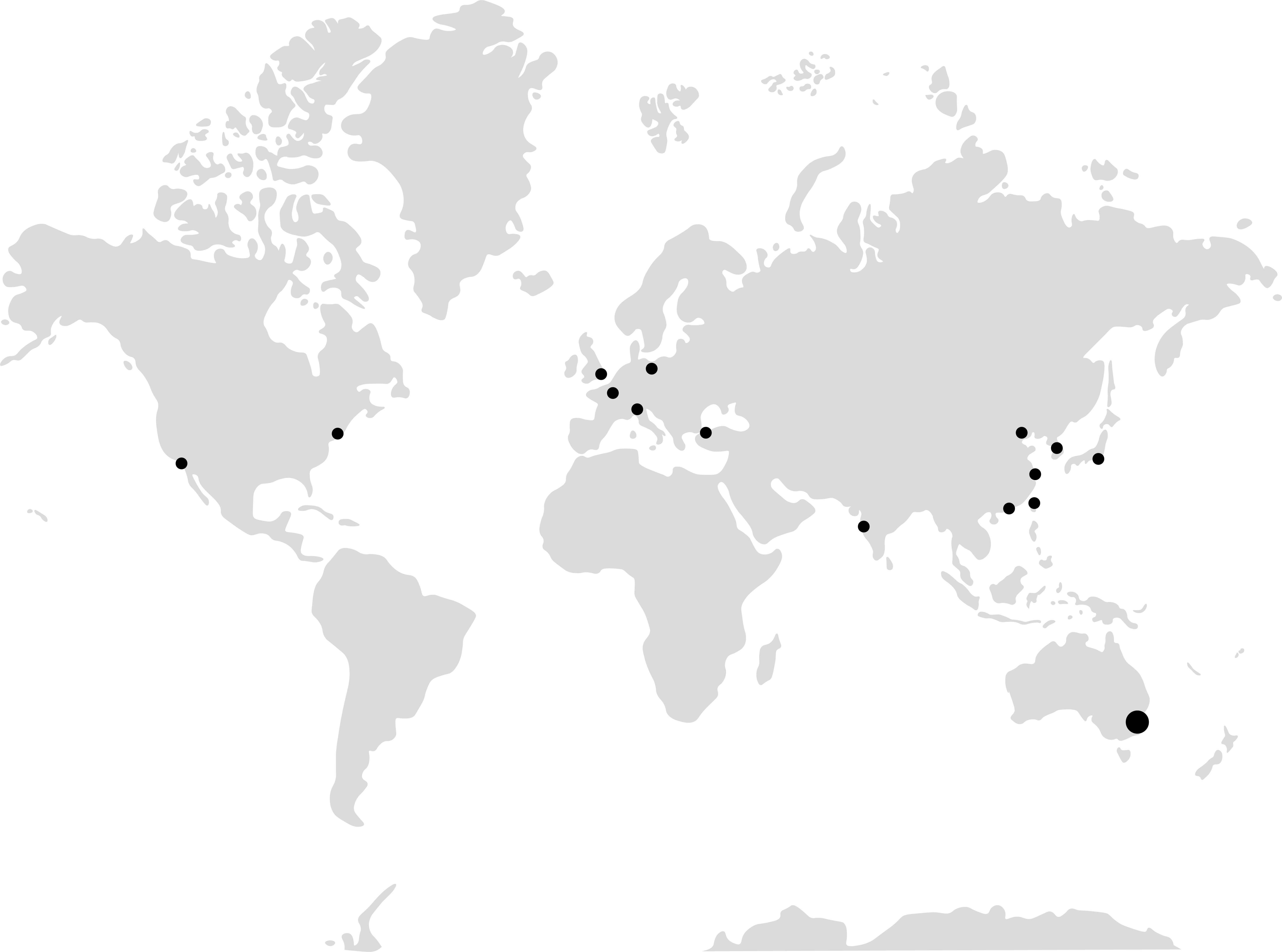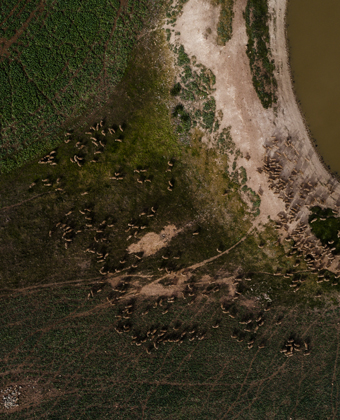Welcome to Australian Wool Innovation, a hub for the woolgrowers of Australia.
Not a woolgrower? Looking for information about wool products, wool care or wool processing?
The Woolmark Company is the global authority on wool. Visit Woolmark.com instead.
AWI History

Over the past two decades the Australian wool industry has experienced significant change. AWI has aimed to grow and move with the industry in it various forms since the early 1990's, eventually becoming the fully independent Company we know today in 2002.
Over the past two decades, the Australian wool industry has experienced significant institutional change. In the mid-1990s, the Federal Government created the Australian Wool Research and Promotions Organisation (AWRAP), subsuming the Australian Wool Corporation and the International Wool Secretariat (initially founded in 1937).
A key objective of AWRAP was to identify and evaluate the research and development (R&D) needs of the Australian wool industry, and to invest in research, development and extension (RD&E) projects. AWRAP also created a corporate vehicle - IWS International, later The Woolmark Company - to promote Australian wool internationally and manage use of the Woolmark brand.
In 2001, responding to industry concerns about the performance of AWRAP, the Federal Government created Australian Wool Services (AWS), a corporations law holding company. AWS had two main subsidiary companies:
- The Woolmark Company (TWC), which was then tasked with the promotion of Australian wool and the commercial development of the Woolmark brand and other associated brands; and
- Australian Wool Innovation (AWI), which was then tasked with identifying the industry's R&D needs and investing in suitable R&D projects, as well as undertaking a range of industry services (eg shearer handling and training, and the provision of market information).
In 2002, AWI separated from AWS to become a fully independent company. Both AWI and TWC retained their initial responsibilities.
In 2007, AWI purchased TWC and the Woolmark brand from AWS. The Federal Government assisted with this process by providing AWI with a one-off grant of $15 million. Since then, AWI has had responsibility for R&D, marketing and the provision of industry services.
History has shown that there are natural synergies between wool marketing and R&D.
Institutional change in the industry has supported the joint administration of both marketing and R&D, culminating in the formation of AWI as the wool industry's R&D, marketing and services body.
The Woolmark Company
The Woolmark Company Pty Ltd is a subsidiary of Australian Wool Innovation Limited.
The Woolmark Company and its affiliates
are the proud owner of the world-renowned Woolmark logo - the world's best known textile fibre brand - which has been applied to more than five billion products since its creation in 1964.
The Woolmark Company operates a global licensing program which enables Woolmark licensees to use one of The Woolmark Company's logos as an independent quality endorsement on the licensee's products.
The Woolmark Company are strategically located to develop direct business relationships with global brands/retailers, textile manufacturers and fashion designers in key markets across Asia, Europe and the Americas.
AWI/Woolmark Company Offices

















